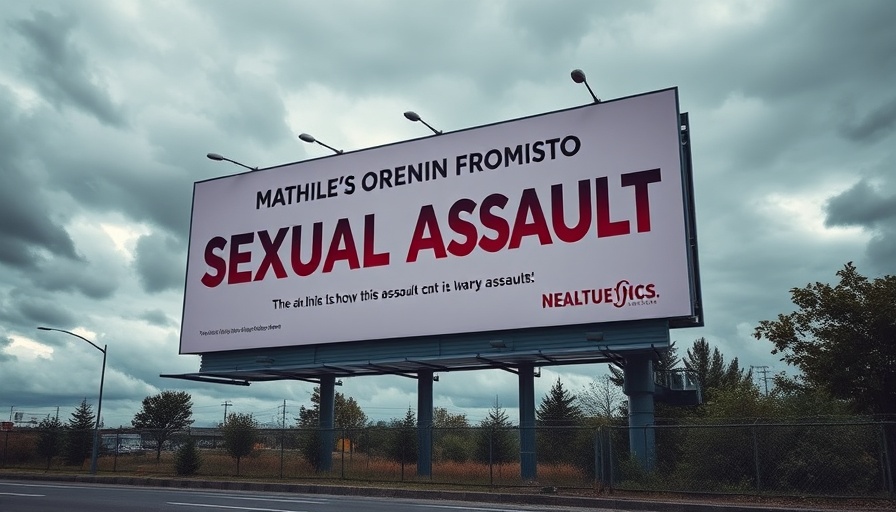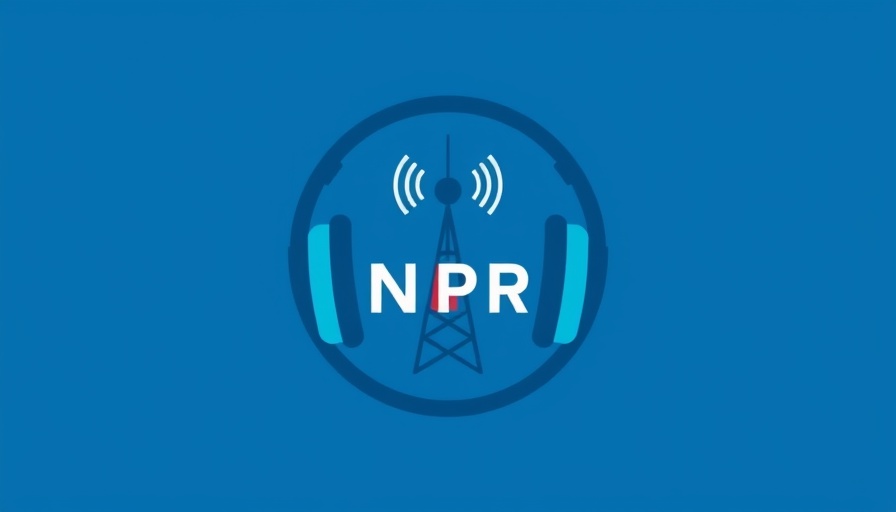
A Funding Crisis for Rape Crisis Centers: What’s at Stake?
As the political landscape shifts once again in Washington, D.C., a vital lifeline for victims of sexual assault is facing unprecedented turmoil. Rape crisis centers across the nation are grappling with significant funding delays, crucial to their operational stability. With the Centers for Disease Control and Prevention (CDC) grants—part of the Rape Prevention and Education Program—on hold, these organizations are now forced to make tough decisions concerning staff and service provision.
The Financial Impact: A Closer Look
The CDC grants are designed to support programs that prevent sexual violence and provide critical services for survivors. As Terri Poore, policy director for the National Alliance to End Sexual Violence, states, the anticipated release of funds was meant to kick off a new grant cycle that began on February 1. However, without the expected cash flow, many organizations are struggling to maintain their services. In states like Texas, reports indicate layoffs and budget cuts as a direct consequence of this delay. It reflects a broader trend of instability plaguing programs designed to safeguard our communities.
Historical Context: The Violence Against Women Act
To understand the current dilemma, it’s essential to look back at the legislative framework that governs funding for these programs. The CDC allocations stem from the Violence Against Women Act (VAWA), introduced in the mid-1990s to ensure that resources are available for initiatives aimed at combating sexual violence. Yet, as political dynamics evolve, funding streams can become subject to scrutiny, leading to delays that threaten the very programs that serve and protect victims.
The Personal Cost: Real Stories of Advocacy
The ripple effects of these funding delays can significantly harm communities. For example, in Nebraska, Rachel West, the prevention and community development director for the Nebraska Coalition to End Sexual and Domestic Violence, laments the potential cessation of vital programs aimed at preventing sexual violence on college campuses and within workplaces. The loss of funding poses a significant risk to subsequent generations. Advocates wonder how many future incidents might go unprevented due to the lack of education and resources.
The Future of Anti-Sexual Violence Initiatives
As the funding crunch continues, uncertainty also looms over the future direction of programs aimed at preventing sexual assault. There is a pressing need for proactive measures to secure funding and ensure that these essential services can withstand potential political upheaval. The current challenges also spark a conversation on the importance of long-term funding strategies that protect against such delays in the future.
Call for Community Engagement: Why Your Voice Matters
In times like these, the voice of the community becomes even more vital. Awareness of such funding dilemmas is crucial to galvanizing support for organizations that serve our most vulnerable populations. Engaging with your local representatives and advocating for consistent funding strategies can help guarantee the survival of rape crisis centers. When communities rally to support these critical initiatives, they not only safeguard services but also affirm their commitment to eradicating sexual violence.
The Importance of Consistent Funding
The capacity of rape crisis centers to offer life-saving services hinges greatly on the nature and reliability of their funding. Evidence-based strategies supported by these grants not only empower victims but also deliver community-based solutions aimed at creating long-lasting social change. As such, advocating for reliable and consistent funding is imperative—not just for the programs themselves but for the individuals they are designed to protect.
Conclusion: Standing Together Against Sexual Violence
As we observe the distressing impact of funding delays on rape crisis centers, a unified response becomes increasingly vital. It is not just a funding issue but a matter of public health, societal well-being, and the future of our communities. By understanding the nuances behind these funding cuts, we can push for policies that sustain and strengthen the fight against sexual violence.
 Add Row
Add Row  Add
Add 




 Add Row
Add Row  Add
Add 

Write A Comment